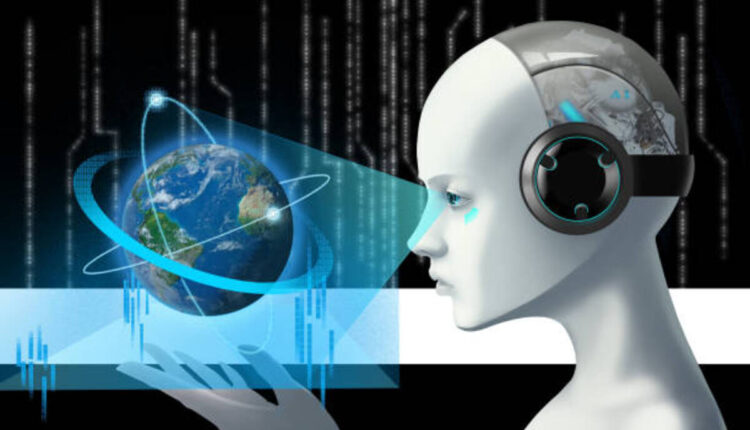In an innovation-driven era, one keyword remains resurfacing in job market discussions: Generative AI. While Artificial Intelligence (AI) is hardly a new concept, the capabilities of Generative AI to create content can disrupt many industries.
Generative AI is a subset of AI designed to generate new content, be it images, videos, texts, or even music. Its capabilities stem from its training on vast amounts of existing data, enabling it to craft outputs that mirror and sometimes surpass human creativity.
· Creative Professions: Generative AI is already significantly impacting the creative realm. Platforms like DALL-E 2 can generate photorealistic images from text descriptions, and AI music composers are now creating indistinguishable music from human-created pieces. In the future, we can expect to see even more creative applications of generative AI, such as AI-generated movies and video games.
· Design and Architecture: Generative AI is also used to revolutionize the design and architecture industries. For example, the software program Generative Design by Autodesk can automatically generate multiple design variations for a building based on specified criteria such as materials, costs, and spatial requirements. This could lead to a future where architects are more involved in design’s strategic and creative aspects, while generative AI handles the more technical and time-consuming tasks.
· Data Entry and Analysis: Generative AI is also used to automate data entry and analysis tasks. For example, the software program LaMDA by Google can automatically generate text summaries of large datasets. This could lead to a future where data analysts focus on more complex tasks, such as identifying trends and patterns in data.
· Customer Support: Generative AI also creates chatbots that can handle customer queries 24/7. For example, the chatbot Mitsuku has been known to hold conversations indistinguishable from those with a human customer service representative. We expect to see even more sophisticated chatbots that can handle a broader range of customer interactions.
· Basic Research and Content Generation: Generative AI is also used to aid in basic research and content generation. For example, the software program GPT-3 by OpenAI can generate text, translate languages, and write creative content. This could lead to a future where generative AI is used to automate many of the tasks currently done by human researchers and writers.
How to Train in Generative AI
If you want to learn more about generative AI, several resources are available online. Here are a few suggestions:
· The Generative AI Course by Andrew Ng: This course provides a comprehensive introduction to generative AI, covering topics such as deep learning, natural language processing, and computer vision.
· The Generative AI Tutorial by W3Schools: This tutorial provides step-by-step instructions on using generative AI tools to create images, videos, and text.
· The Generative AI Blog: This blog provides regular updates on the latest developments in generative AI.
Conclusion
Generative AI is a powerful technology that can potentially disrupt many industries. However, it is essential to remember that generative AI does not replace human creativity. Instead, it is a tool that can be used to augment human creativity and productivity. As generative AI develops, we must embrace the change and learn how to use this technology to our advantage.
Strong Call-To-Action
If you want to stay ahead of the curve in the AI-driven era, I encourage you to learn more about generative AI and how it can be used to your advantage. The resources I have listed above are a great place to start.
Keywords
· Generative AI
· Job market dynamics
· DALL-E 2
· Creative professions
· Generative design tools
· Data entry
· Chatbots
· GPT-3
· OpenAI
· Jukebox
· Project Dreamcatcher
· Heliograf
· AI-driven era
Read also: 5 Security Technologies That Are Key Components of a Successful Cybersecurity Strategy

